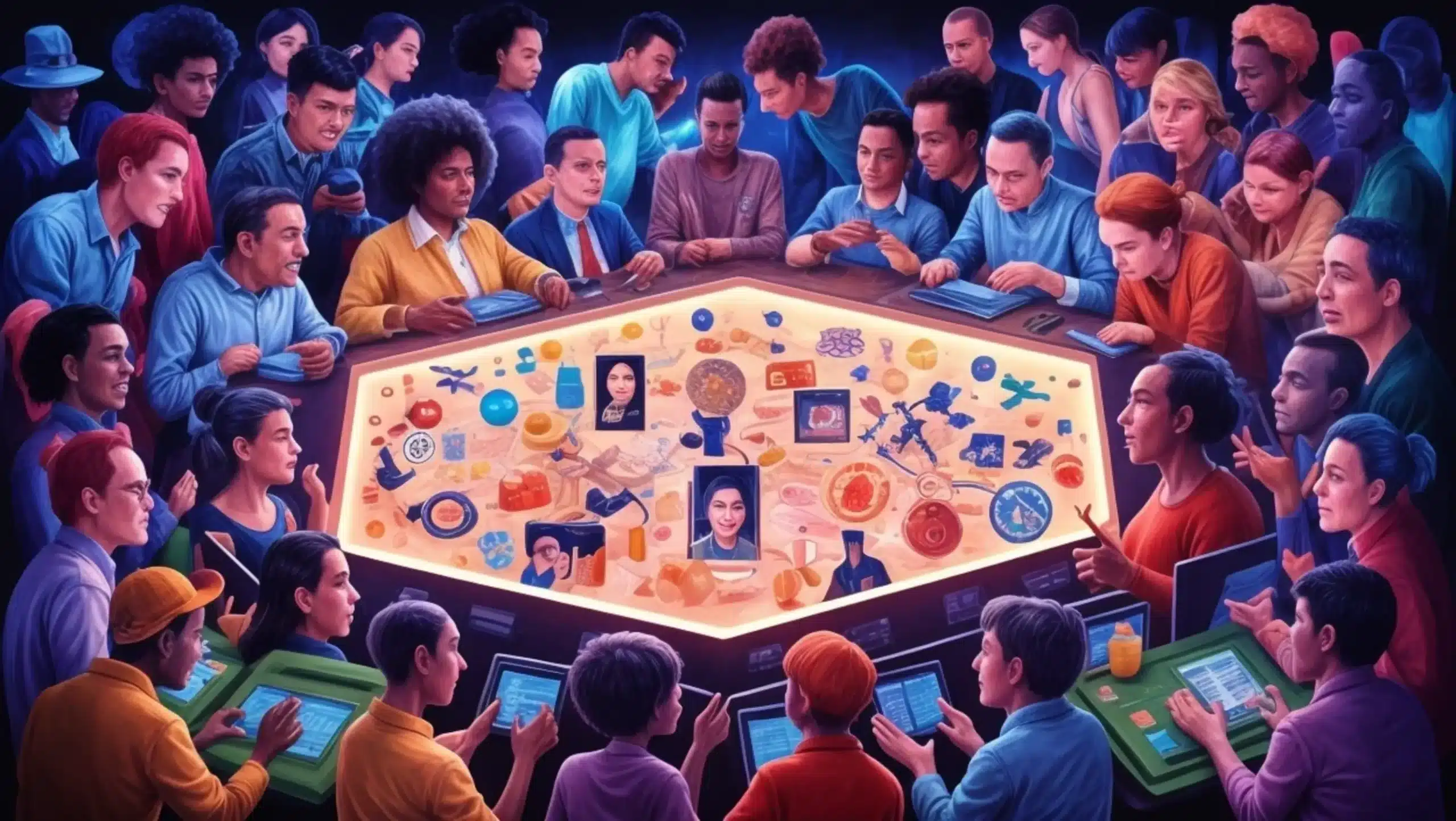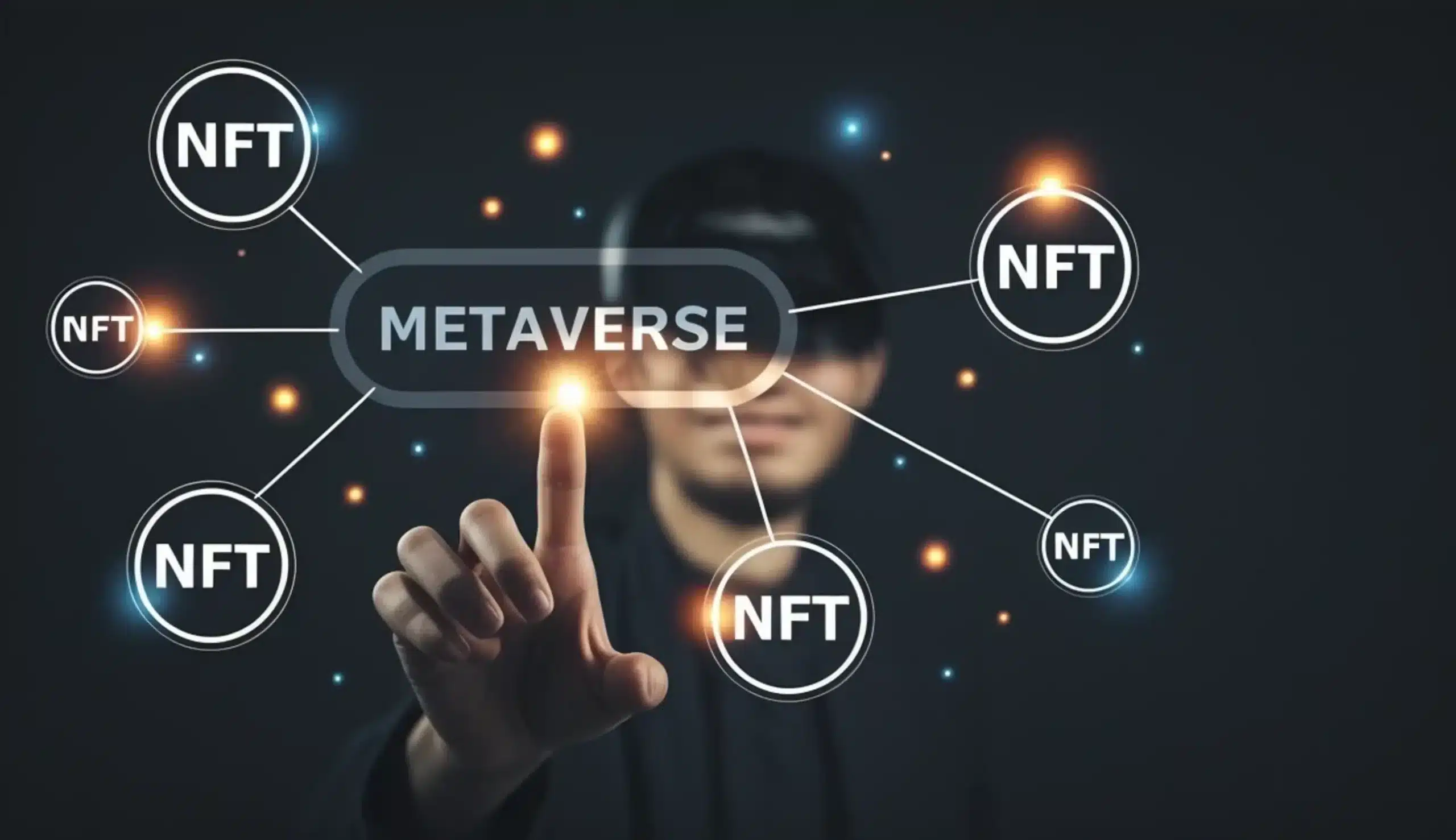How Developers Are Using Pixels to Revolutionize Web3 Gaming
Pixels are at the heart of a transformation in Web3 gaming, paving the way for innovative gameplay experiences. As developers leverage blockchain technology, understanding the implications of this shift is crucial for gamers, investors, and enthusiasts alike.
Significance of Pixels in Gaming Development
Pixels form the foundational elements of digital graphics, serving as the smallest units of an image. In gaming, the quality and clarity of these pixels directly affect player experience. As technology has evolved, so has the capability of graphics to represent intricate details, vibrant colors, and dynamic environments. The transition from 8-bit graphics to today’s high-resolution visuals illustrates how pixels enhance gameplay. This evolution not only improves aesthetics but also deeply engages players, making them feel as though they are part of the game world.
The gaming industry has increasingly relied on pixel art for its nostalgic value and unique aesthetic. Recent studies highlight that pixel art games often create an emotional connection with players, drawing on retro gaming experiences. Moreover, developers are adopting pixel graphics for their simplicity and lower production costs, which can allow for quicker iterations and more creative experimentation. As observed in platforms like CoinGecko, this trend reflects an ongoing appreciation for simplicity paired with artistic expression in gaming design.
The Growing Influence of Blockchain in Gaming
Blockchain technology stands at the forefront of revolutionizing game ownership and players’ rights. Traditionally, in-game assets existed solely in centralized servers, restricting player ownership. However, with the introduction of blockchain, players now have true ownership of their assets, thanks to non-fungible tokens (NFTs). This transformation enables players to buy, sell, and trade their digital items freely, which can enhance their engagement and investment in the game.
Moreover, cryptocurrencies are reshaping in-game economies, making transactions more fluid and rewarding players-based contributions. Recent innovations indicate that leading Web3 projects, such as those detailed in Binance Research, are pioneering these changes and creating new monetization opportunities for developers. This integration of blockchain into gaming not only fosters a sense of community among players but also allows for decentralized governance in game development.
PIXEL Token: Fueling the Next Generation of Games
The PIXEL token plays a crucial role in the evolving ecosystem of Web3 gaming. Developed to facilitate transactions within various gaming platforms, the PIXEL token empowers developers and gamers alike. By leveraging this digital currency, developers can create more robust economies within their games, incentivizing players to engage and invest in virtual worlds.
For developers, the PIXEL token can streamline funding and support innovative game designs that foreground player choice and interaction. Game economies utilizing PIXEL tokens can also enhance engagement by rewarding players for their time and effort. As highlighted in recent analyses, understanding how to effectively implement PIXEL tokens can be a game-changer for studios looking to attract players and monetize their offerings while respecting user ownership of digital assets.
Current Innovations in Web3 Gaming
Several groundbreaking games are harnessing pixel technology and blockchain, leading to remarkable innovations in the gaming landscape. Recent launches have shown how pixelated graphics can coexist with immersive narratives and complex gameplay mechanics. Titles utilizing this aesthetic often emphasize storytelling and artistic elements, encouraging players to actively participate in the world-building process.
Technological advancements in decentralized gaming are significant, with collaborations between developers and artists pushing boundaries. Recent projects have explored integrating live artwork into games, where visual elements evolve based on player interaction or community input. Such innovations not only enhance the gaming experience but also cultivate vibrant communities around games, as players feel invested in the evolving aesthetics and mechanics of their favorite titles.
Challenges Facing Developers in the Web3 Space
Despite the potential, developers face numerous challenges in the Web3 gaming space. One critical obstacle is the regulatory landscape, which can vary significantly across jurisdictions. As governments develop frameworks for cryptocurrency and blockchain, uncertainty can inhibit innovation. Developers must navigate these complexities carefully, balancing compliance with creative freedom.
Additionally, community skepticism surrounding blockchain technologies persists. Many players are wary of the promises made by developers regarding ownership models and asset value. To overcome this skepticism, developers need to establish transparency and build trust with their player base—showcasing how pixels and blockchain can coexist to enhance both gaming experience and ownership.
Action Steps for Gamers and Developers
For gamers engaging with the burgeoning world of Web3, it is vital to stay informed. Following industry news and participating in community discussions can enhance understanding and involvement in emerging gaming economies. Engaging directly with game developers via social media or community forums can also foster valuable relationships.
Developers entering the Web3 space should prioritize community feedback, focusing on playable prototypes that showcase innovative use of pixels and blockchain. Building alliances with artists and other developers can lead to collaborative projects that resonate with audiences. Resources such as online courses and platforms focused on blockchain development can enhance skills and understanding of the unique challenges in this space. As the landscape evolves, staying connected with resources and communities is essential for success.









